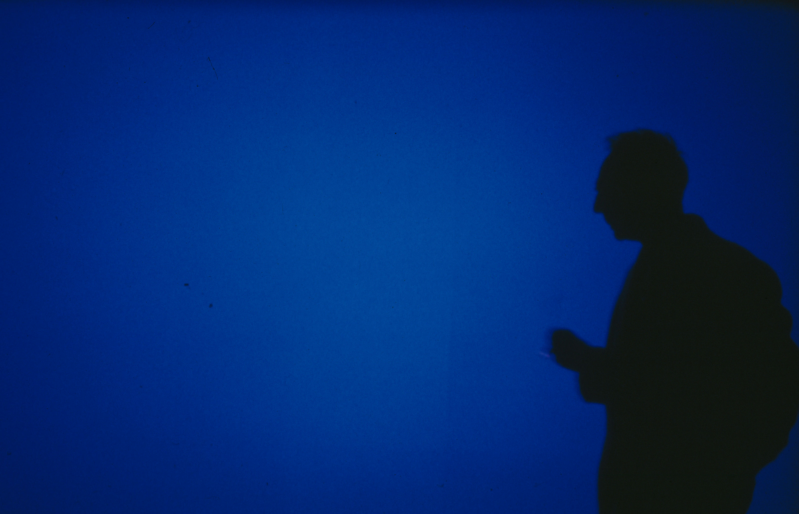
02.04.25 – 06.04.25, Echoes of Dissent (vol. 6), Derek Jarman: Archaeologies of Sound and Soul
WITH SIMON FISHER TURNER, ALESSANDRA NOVAGA & LUKE FOWLER
Derek Jarman loved to use archaeology as a metaphor in his work: in his painting, in his written memoirs, and in his cinema, which he recurrently characterised as an “archaeology of soul”. An apt metaphor for the work of an artist who always strived to dig down deep into England’s Hidden Reverse, tirelessly and unflinchingly searching to reassemble the fragments of a world he saw falling apart, including his own private world. Shortly after being diagnosed HIV positive, he bought a little plot of land in Dungeness — amidst a seemingly inhospitable landscape known as “the desert of England”. There, Jarman continued to excavate industrial and political leftovers, scavenging and cultivating the bleak wasteland to create a scenography of forgotten riches and new blossoms. It’s hard to avoid considering his garden at Prospect Cottage as the ultimate repository of Jarman’s life and work. Like his cinema, the garden was wild yet meticulously tended, English and alien, refined and subversive, avoiding walls or fences. A celebration of growth and existence, beauty and resilience, it also stands as a memorial to silence and disappearance.
The approach to many of Jarman’s film works is similar to the layering of the palimpsest — conjuring up former and new forms on a palimpsestuous surface where they meet and contest one another. This is particularly the case for the inventive layering of his films’ soundtracks, the result of a process that he once called “the archaeology of sound”. Variably playful and quotational, violent and mournful, electronic and classical, the soundtracks heightened the time travel effect of his films, shuttling backwards and forwards through history, while animating the image tracks with a kind of sympathetic resonance or momentary dreaming between the two. As Dan Barrow has noted: “Just as individual shots, characters and narrative fragments in Jarman’s films ping, semi-maddeningly, out of their provisional contexts, forcing the viewer to reconceive the film’s shape at every step, so the music often seems to disappear into its own game of reverie and seduction before momentarily touching the carnal vicissitudes of the image.”
From the punk aesthetics of his second feature Jubilee (1978) to collaborations with musicians and bands as Throbbing Gristle, Psychic TV, Brian Eno or Coil, the work of Jarman was instrumental in bridging the magical gap between the UK’s experimental music underground and the avant-garde film and art world. But Jarman’s most enduring and fruitful sonic collaboration was undoubtedly with Simon Fisher Turner. Their friendship started when Turner worked as a driver during the production of The Tempest (1979), after which Jarman invited him to compose soundtracks for a string of Super 8 films and the feature Caravaggio (1986). Their working partnership continued into the 1990s, culminating in Jarman’s final, devastating and liberating film, Blue (1993). Inspired by Robert Bresson’s note on sound from his Notes on the Cinematograph: “the noises must become music,” Turner’s work blends field recordings — which he prefers to call “life recordings” — with classical and modern elements, incorporating a variety of instrumentations, textures and colours into rich sonic frescos that, like the work of Derek Jarman, resolutely defy containment and categorisation. A palimpsestic poetics accommodating the multiplicity of the present, embracing the spectres of the past as well as the promises of the future.
With this programme of screenings, conversations and performances, we would like to pay homage to the work of Derek Jarman and Simon Fisher Turner.










